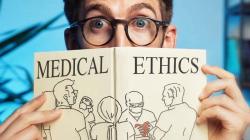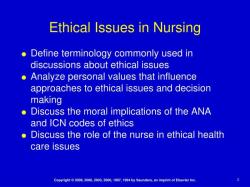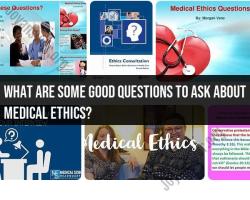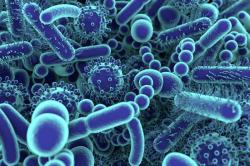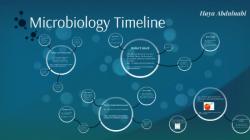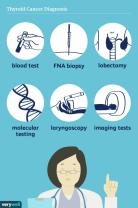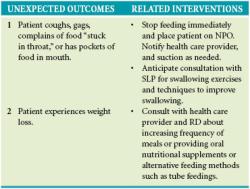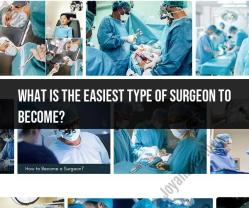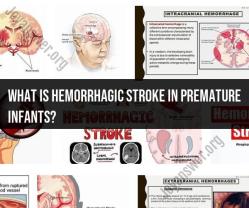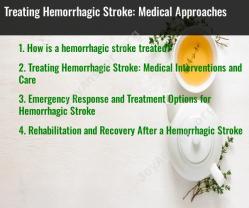What do you learn in Pathology Microbiology?
Pathology and microbiology are two distinct but interconnected fields in the study of disease and microorganisms. Each field contributes to our understanding of the causes, mechanisms, and effects of various diseases. Here's an overview of what you might learn in pathology and microbiology:
Pathology:
Pathology is the study of diseases, their causes (etiology), development (pathogenesis), and consequences (clinical manifestations). Pathologists examine tissues, organs, and bodily fluids to diagnose diseases and understand their impact on the body. Key areas of study include:
Histopathology:
- Examination of tissues at the microscopic level to identify abnormal cellular structures, patterns, and changes associated with diseases.
Clinical Pathology:
- Analysis of bodily fluids (blood, urine, cerebrospinal fluid) to diagnose and monitor diseases, including hematology, clinical chemistry, and immunology.
Molecular Pathology:
- Study of diseases at the molecular and genetic level, including the analysis of DNA, RNA, and proteins to understand genetic factors in diseases.
Surgical Pathology:
- Examination of tissues obtained through surgical procedures to diagnose and stage diseases, guide treatment decisions, and assess the success of interventions.
Cytopathology:
- Study of cells to diagnose diseases, often through the examination of cells obtained from various body sites, such as Pap smears.
Autopsy Pathology:
- Investigation of the cause of death by examining organs and tissues post-mortem to understand the pathological processes leading to mortality.
Clinical Correlations:
- Integration of clinical information, patient history, and laboratory findings to arrive at accurate diagnoses and prognoses.
Microbiology:
Microbiology is the study of microorganisms, which include bacteria, viruses, fungi, parasites, and prions. In the context of pathology, microbiology is crucial for understanding infectious diseases. Key areas of study include:
Bacteriology:
- Study of bacteria, including their structure, function, classification, and role in causing infectious diseases.
Virology:
- Study of viruses, their structure, replication mechanisms, and the diseases they cause. This includes the development of vaccines and antiviral therapies.
Mycology:
- Study of fungi, including yeasts and molds, and their involvement in diseases, particularly fungal infections.
Parasitology:
- Study of parasites, including protozoa, helminths, and arthropods, and their role in causing parasitic infections.
Immunology:
- Examination of the immune system, including the body's defense mechanisms against infectious agents, as well as autoimmune diseases and immunodeficiencies.
Clinical Microbiology:
- Application of microbiological techniques for diagnosing infectious diseases in clinical settings. This includes culturing microorganisms, molecular diagnostics, and serological tests.
Epidemiology:
- Study of the distribution and determinants of diseases in populations, including the investigation of outbreaks and the development of strategies for disease prevention and control.
Antimicrobial Resistance:
- Understanding the mechanisms of antimicrobial resistance and developing strategies to combat it.
Interconnected Themes:
Infectious Diseases:
- Both pathology and microbiology contribute to the understanding of infectious diseases, their causative agents, and the body's response to infections.
Diagnostics:
- Microbiological techniques play a key role in diagnostic pathology, helping identify pathogens and assess their impact on tissues and organs.
Treatment and Prevention:
- Understanding the microbial basis of diseases is crucial for developing treatments (antibiotics, antivirals) and preventive measures (vaccines).
Public Health:
- Both fields contribute to public health initiatives, including the surveillance, prevention, and control of infectious diseases.
Pathology and microbiology are integral parts of medical education, and professionals in these fields collaborate to diagnose and manage diseases effectively. The knowledge gained in these disciplines is essential for various healthcare professions, including pathologists, clinical laboratory scientists, infectious disease specialists, and epidemiologists.
Core Subjects in Pathology Microbiology:
1. Basic Microbiology:
- Microbial structure and function
- Microbial growth and metabolism
- Microbial genetics
- Immunology and host defense mechanisms
- Infectious diseases and their pathogenesis
2. Clinical Microbiology:
- Diagnostic techniques for infectious diseases
- Antimicrobial susceptibility testing
- Molecular diagnostics
- Parasitology
- Mycology
- Virology
3. Histopathology:
- Microscopic examination of tissues and organs to diagnose diseases
- Techniques for tissue preparation, staining, and microscopy
- Interpretation of histopathological findings
4. Cytopathology:
- Microscopic examination of cells to diagnose diseases
- Techniques for collecting and preparing cell samples
- Interpretation of cytological findings
5. Laboratory Management:
- Quality control and quality assurance in the clinical laboratory
- Laboratory safety and biohazard management
- Laboratory data management and reporting
6. Research Methods:
- Research methodologies in pathology microbiology
- Design and implementation of research projects
- Data analysis and interpretation
- Scientific writing and publication
Additional Subjects:
- Public health microbiology
- Forensic microbiology
- Veterinary pathology
The specific curriculum may vary depending on the institution and program.
Relevance to Medical Diagnostics and Treatment:
Pathology microbiology plays a critical role in medical diagnostics and treatment in various ways:
- Diagnosis: Laboratory tests utilizing microbiological techniques help diagnose infectious diseases by identifying the causative agent and determining its susceptibility to antimicrobial agents.
- Treatment: Understanding the specific microorganism responsible for an infection allows physicians to prescribe targeted treatment with appropriate antibiotics or other therapies.
- Prognosis: Microbiological analysis can provide valuable information about the severity of an infection and help predict its course, enabling informed treatment decisions.
- Monitoring: Laboratory tests can be used to monitor the effectiveness of treatment and assess the patient's response to therapy.
- Surveillance: Pathologists and microbiologists play a crucial role in identifying and tracking outbreaks of infectious diseases, allowing for prompt implementation of control measures.
Career Paths:
Individuals specializing in Pathology Microbiology can pursue various rewarding career paths, including:
- Clinical microbiologist: Work in hospital laboratories to diagnose and identify infectious diseases.
- Pathologist: Analyze tissues and cells using microscopic techniques to diagnose diseases, including infectious diseases.
- Public health microbiologist: Work in public health agencies to investigate and prevent the spread of infectious diseases.
- Research scientist: Conduct research on infectious diseases and develop new diagnostic tests and treatments.
- Microbiology educator: Teach pathology and microbiology at universities or other educational institutions.
- Technical sales representative: Sell and support microbiology equipment and reagents.
- Microbiology laboratory manager: Oversee the operations of a clinical or research laboratory.
- Forensic microbiologist: Analyze evidence in criminal investigations for the presence of microbial pathogens.
- Veterinary pathologist: Analyze animal tissues and cells to diagnose diseases in animals, including infectious diseases.
The specific career path chosen depends on individual interests, qualifications, and career goals. A strong foundation in pathology microbiology can open doors to diverse and fulfilling careers in healthcare and research.


